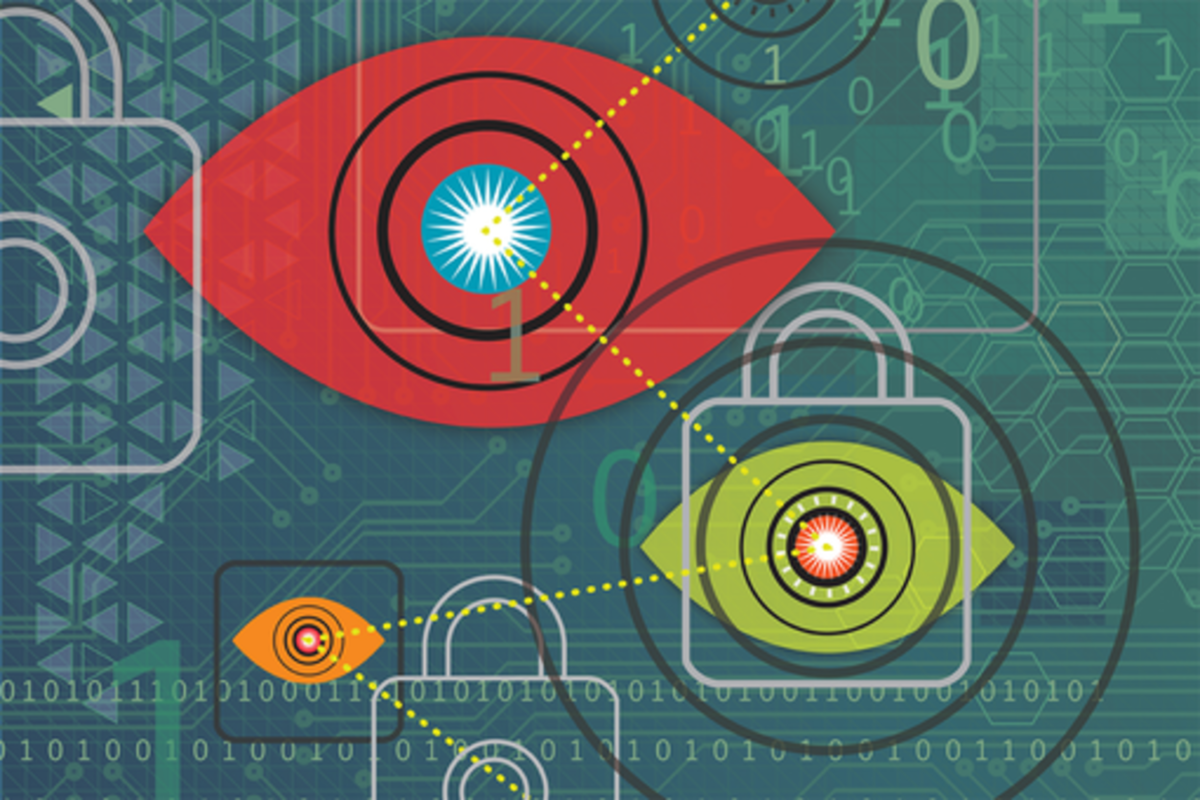In 2017, a few schools started accepting cryptocurrency tuition fee payments, on the grounds that the transaction fees and speed made it a convenient alternative to checks or wire transfers. In New York, the Montessori preschools accept Bitcoin or Ethereum but no credit cards, arguing that credit card fees are two, three, or even four times higher than Coinbase fees, their digital currency exchange. Additionally, credit cards payments often get declined, which leads to more fees and takes even more time. (Dangremund, 2017)
While it may by now be mainstream for tech businesses to accept cryptocurrency payments, some can find it surprising that non-digital institutions, such as schools, are accepting this payment option. What would be the benefits and downsides for traditional businesses to implement it? How should they assess and manage risks?
Benefits
As previously mentioned, cryptocurrency transactions are generally much cheaper and faster than more traditional options. Companies who adopt this payment option may broaden their customer base, as offering more payment options is linked to higher conversion rates. A reason for this is that to pay in cryptocurrencies people only need to have access to the internet, no bank account is necessary, so the problem of some customers having foreign accounts would be resolved. Additionally, as blockchain is global, they are also not bound by exchange rates. It can help attract a younger demographic, people who prefer the simplicity and anonymity of blockchain. Lastly, for businesses that sell pricier goods or services, another benefit may be that it is a good medium for crowdsourcing, meaning that several people can contribute to a single purchase, as everything goes through a trustworthy smart public ledger. (Harrison, 2018)
Downsides
The main downside of accepting crypto payments is the higher risk exposure. If a traditional company wants to implement this, it will most likely do it through crypto exchanges, which act as processors for businesses that do not directly trade in cryptocurrencies (Harrison, 2018). Exchanges entail transaction fees, liquidity concerns, and counterparty risks (Harrison, 2018). Leaving money in exchanges exposes companies to volatility, as well as to theft vulnerability (Harrison, 2018). However, this risk can be easily managed by either directly converting crypto payments to normal currencies, or by having a hard wallet offline, for instance on Ledger Nano (Harrison, 2018). Another, rather unrelated, downside to blockchain is the environmental impact. Bitcoin is extremely energy intensive, which is not exactly a good characteristic to have considering the current climate crisis (Irfan, 2019). While a lot of consumers may not care about it, others may be driven away from companies who accept Bitcoin, due to the fact that they are promoting unsustainable practices.
References:
Dangremond, S. (2017). Why These New York City Private Schools Are Accepting Bitcoin. Retrieved 9 October 2019, from https://www.townandcountrymag.com/society/money-and-power/a10207209/montessori-schools-bitcoin/
Harrison, K. (2018). Should Your Company Accept Bitcoin And Other Cryptocurrency Payments?. Retrieved 9 October 2019, from https://www.forbes.com/sites/kateharrison/2018/09/10/should-your-company-accept-bitcoin-and-other-cryptocurrency-payments/#5904d14f3373
Irfan, U. (2019). Bitcoin is an energy hog. Where is all that electricity coming from?. Retrieved 9 October 2019, from https://www.vox.com/2019/6/18/18642645/bitcoin-energy-price-renewable-china

